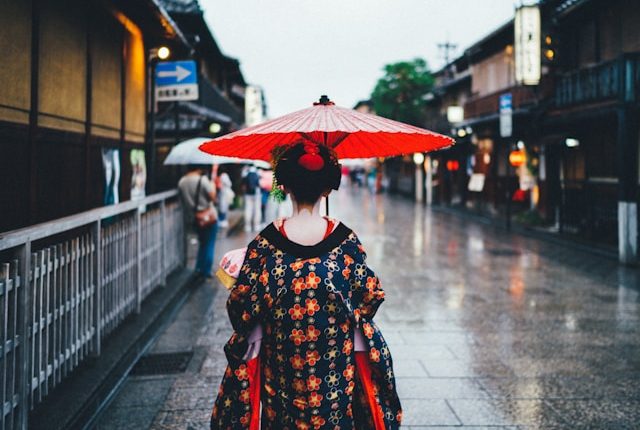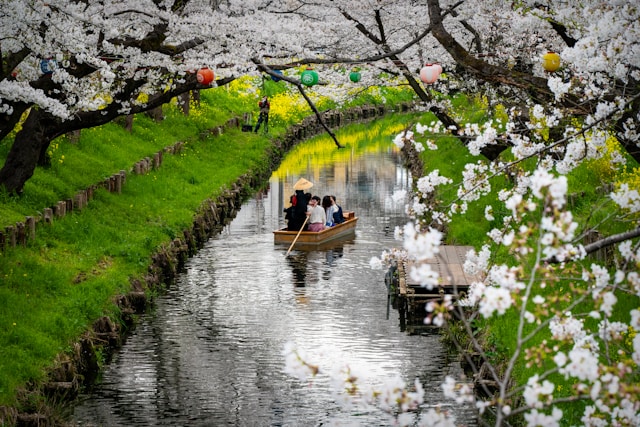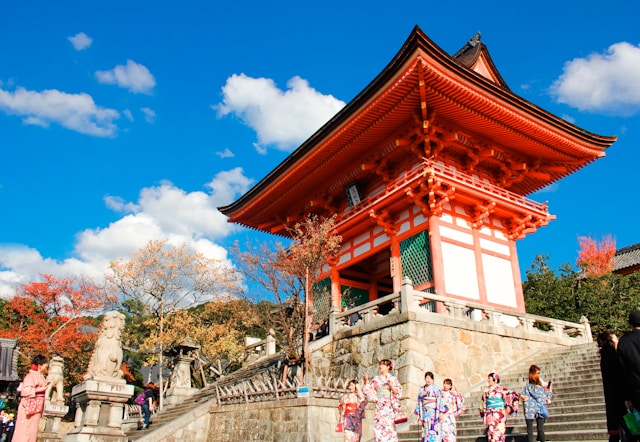A Secret Retreats–style inspiration guide for travelers seeking the deeper stories of Japan
Travelers often begin their Japan itinerary with a familiar search—“top ten things Tokyo.” But once the neon fades and the initial excitement settles, curiosity naturally drifts toward something more meaningful. For those searching for what to do in Nara–Kyoto, the journey leads to a gentler Japan: one shaped by ritual, craftsmanship, and landscapes that have inspired poets for centuries.
The Nara–Kyoto region is not just a list of sights. It is a cultural corridor where ancient capitals whisper their histories, where artisans work quietly in wooden townhouses, and where sacred forests soften the noise of the world. This journey invites travelers to slow down, to listen, and to experience Japan through the lens of timeless beauty.
NARA — A Landscape of Sacred Stillness
Nara Park at First Light
Begin the morning where the forest breathes. Nara’s sacred deer wander freely through the soft light, their presence gentle yet symbolic, reminding travelers that this land has long existed in harmony with nature.
The Great Buddha of Todai-ji
Step into Todai-ji and meet the Daibutsu face to face. The scale alone commands silence, but it’s the serenity of the Buddha’s expression that lingers long after you leave—one of those rare travel moments that feels like a blessing.
Kasuga Taisha’s Lantern Path
Walk the ancient stone lantern trails of Kasuga Taisha, where moss, shadow, and light create a landscape that feels almost suspended in time. The shrine’s vermillion buildings glow softly against the deep green of the surrounding forest.
Heijo Palace—Where Japan’s First Capital Once Flourished
A wide-open cultural landscape that many travelers overlook. Here, Nara’s imperial past unfolds gently, offering a sense of space and reflection amid reconstructed halls and archaeological traces.
ALONG THE WAY — The Tea Culture of Uji
Between Nara and Kyoto lies Uji, a small town with an immense legacy. This is Japan’s matcha heartland. Visit a family-run tea house, sip a perfectly whisked bowl of emerald green tea, and learn why this region has shaped Japanese tea culture for centuries.
KYOTO — The Poetry of the Old Capital
Gion’s Evening Grace
In the quiet backstreets of Gion, wooden machiya houses lean into narrow lanes, and lanterns glow with a soft amber hue. Here, Kyoto’s cultural lineage still moves quietly in the background—graceful, understated, alive.
The Philosopher’s Path in Any Season
A contemplative walk along a canal lined with small temples and artists’ studios. Cherry blossoms, green leaves, fiery autumn colors, winter bare branches—each season writes its own poem here.
Kiyomizu-dera and Its Mountain Stage
One of Kyoto’s most iconic temples, Kiyomizu-dera stands dramatically on wooden stilts above the valley. Visit in the early morning or late afternoon, when the light softens and the views over the city feel cinematic.
Kyoto’s Kaiseki Dining
Kyoto’s culinary artistry is expressed through kaiseki, an elegant choreography of seasonal ingredients. Whether in a storied ryotei or a modern chef’s counter, kaiseki in Kyoto is a journey of taste and tradition.
A Mountain Escape to Kurama or Yoshino
For travelers craving a touch of wild Japan: Kurama’s cedar forests and mountaintop temples offer tranquility within an hour of Kyoto. Yoshino, famed for its spring blossoms, reveals another kind of mountain beauty.
Why the Nara–Kyoto Journey Belongs to Secret Retreats Travelers
This region rewards those who appreciate nuance—travelers who enjoy slow cultural immersion, quiet heritage sites, and authentic encounters. It is a journey shaped not by speed, but by atmosphere:
- Sacred forests and ancient capitals
- Rituals practiced for generations
- Culinary traditions refined through time
- Landscapes that invite rest, reflection, and presence
For those wondering what to do in Nara–Kyoto, the answer is not simply to visit—it is to experience. To walk, pause, listen, and allow this cultural heartland to unfold naturally.
A Nara–Kyoto journey is ideal for travelers drawn to Secret Retreats’ world: places where heritage lives on, where hospitality is intimate, and where journeys are crafted with intention.




